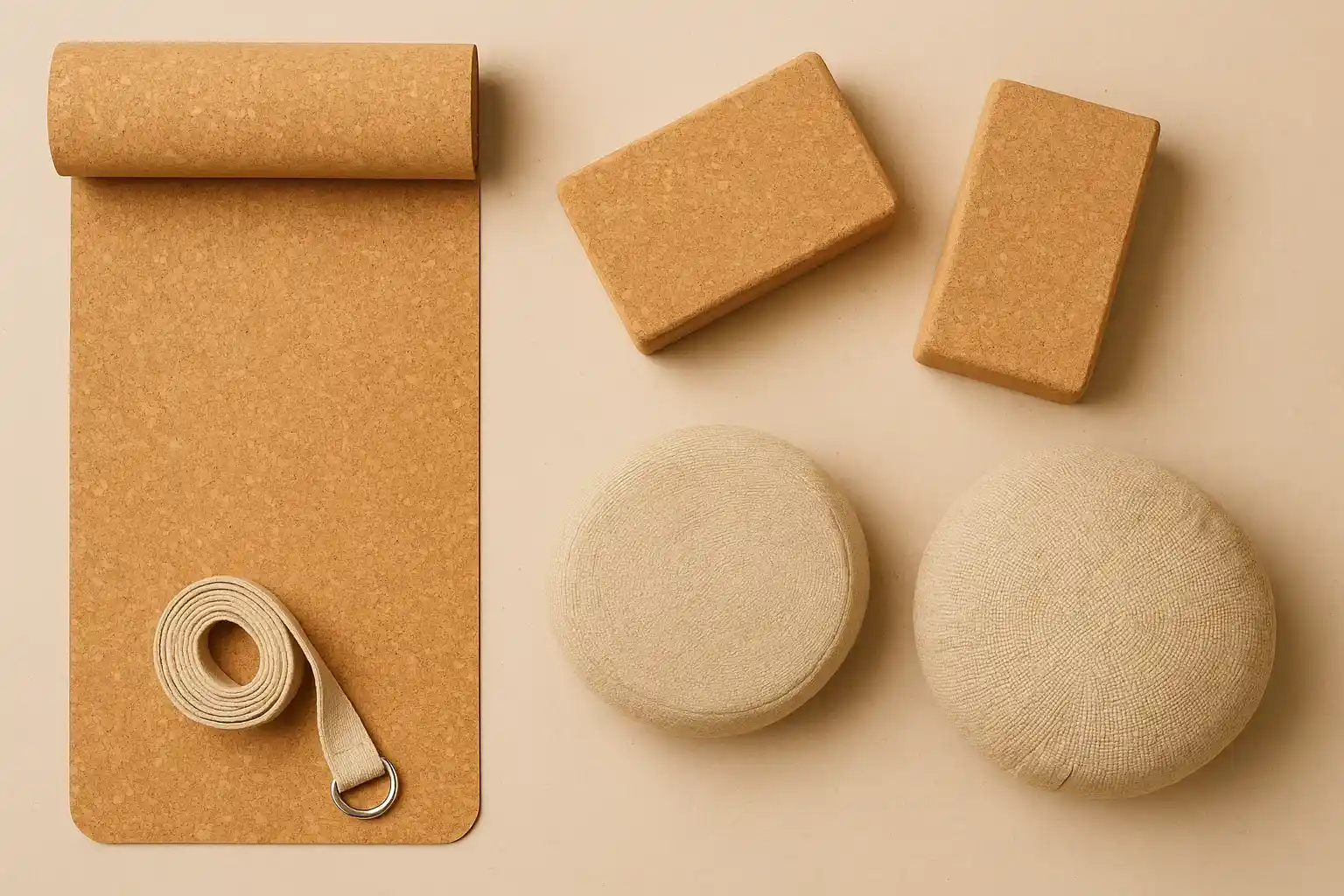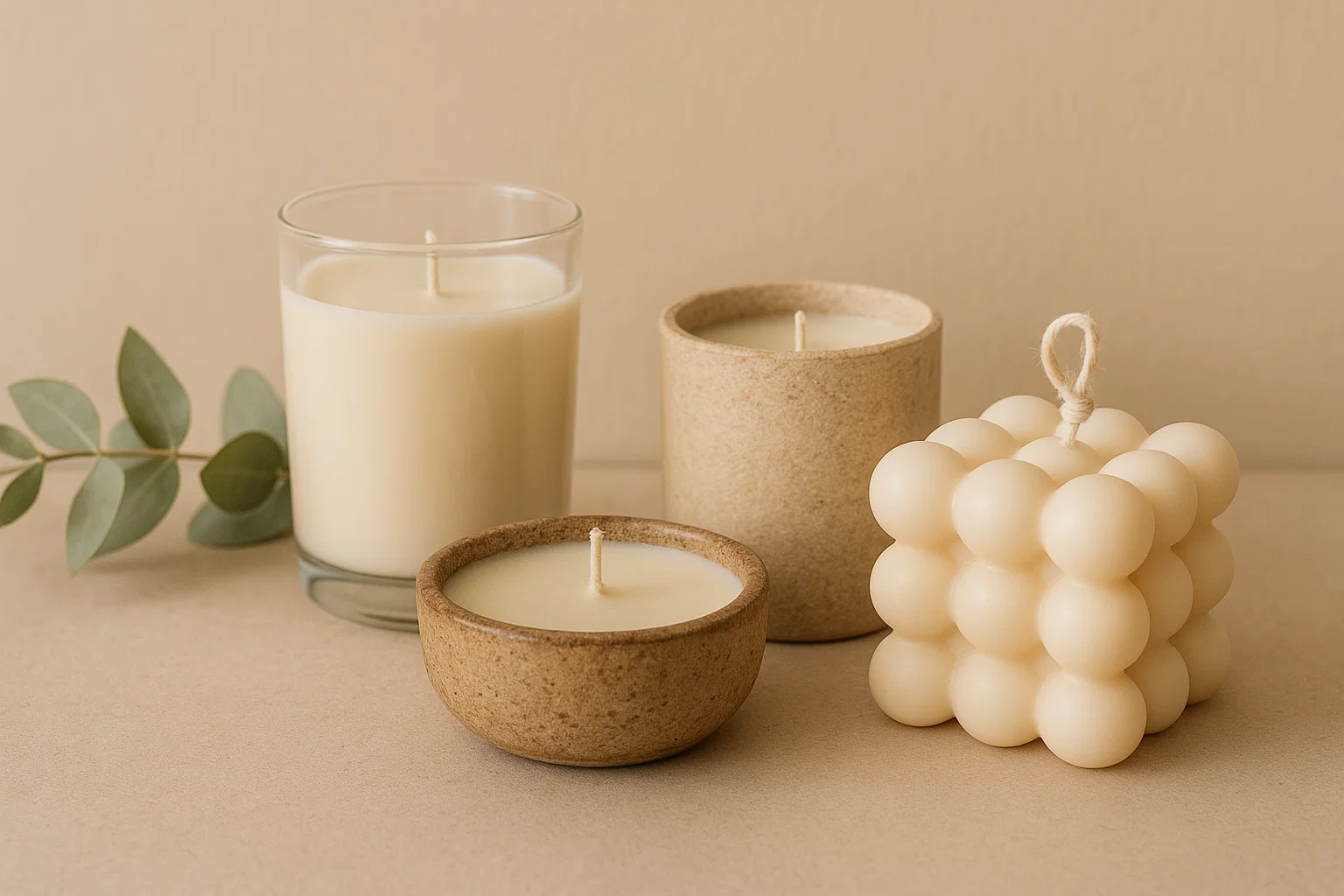Unroll Your Practice, Unburden the Earth: Choosing Eco-Friendly Yoga Mats

The yoga mat is a sacred space for many, a dedicated area for movement, breath, and mindfulness. It’s a tool that supports our physical and mental well-being. However, the vast majority of conventional yoga mats are made from synthetic materials like PVC (polyvinyl chloride) or PER (polymer environmental resin). While these materials offer affordability and grip, they come with significant environmental and health concerns. PVC is a known source of volatile organic compounds (VOCs) and phthalates, which can off-gas and pose health risks, particularly during exercise when our breathing is deeper. PER, while marketed as more eco-friendly, is still a petroleum-based plastic. Furthermore, these synthetic mats are not biodegradable, contributing to landfill waste that persists for centuries. For the mindful practitioner, choosing an eco-friendly yoga mat made from natural and non-toxic materials aligns their commitment to personal well-being with a respect for the planet.
The environmental impact of synthetic yoga mats begins with the extraction of fossil fuels, the raw materials for PVC and PER. Their manufacturing processes are energy-intensive and can release harmful chemicals. The non-biodegradable nature of these mats means they contribute to the ever-growing problem of plastic waste. Moreover, the potential for off-gassing VOCs and the presence of phthalates raise concerns about indoor air quality and direct contact with our skin during practice. Recognizing these issues, many yogis are seeking out sustainable alternatives that prioritize both performance and environmental responsibility.
Fortunately, a range of excellent eco-friendly yoga mats are available, crafted from natural and biodegradable materials. By opting for mats made from cork, natural rubber, or jute, we can support our practice with tools that are not only non-toxic and offer excellent grip and support but also have a significantly lower environmental footprint. These materials are often sustainably harvested, avoid harmful chemicals in their production, and biodegrade more readily at the end of their lifespan, aligning our yoga journey with a commitment to mindful sustainability.
Grounding Your Practice Sustainably: Exploring Eco-Friendly Yoga Mat Alternatives
Nature provides us with several excellent materials that offer comfort, support, and a connection to the earth during our yoga practice:
Cork Mats: The Naturally Grippy and Biodegradable Choice
Cork yoga mats are a fantastic eco-friendly option derived from the bark of cork oak trees. Harvesting cork does not harm the tree, making it a renewable and sustainable resource. Cork offers a naturally grippy surface, especially when slightly damp, providing excellent traction for various yoga poses. It is also naturally antimicrobial, moisture-wicking, and biodegradable. Cork mats often have a natural rubber backing for added cushioning and stability. Brands like Yoloha Yoga are known for their high-quality cork yoga mats that offer both performance and environmental consciousness.
Natural Rubber Mats: Superior Grip and Earth-Friendly Material
Natural rubber yoga mats are another popular and sustainable choice. Derived from the sap of rubber trees, natural rubber offers excellent grip, cushioning, and responsiveness, making it a favorite among many yogis. While rubber production can have environmental impacts, choosing mats made from sustainably harvested natural rubber is a more eco-conscious option than synthetic rubber or PVC. Natural rubber is also biodegradable. Look for mats that are free from harmful additives and chemicals. Brands like Scoria World often utilize natural rubber and incorporate recycled materials into their mat designs.
Jute Yoga Mats: The Textured and Sustainable Fiber
Jute yoga mats are made from the natural fibers of the jute plant, a fast-growing and renewable resource. Jute offers a textured surface that provides good grip and a natural feel underfoot. It is also biodegradable and requires minimal pesticides and fertilizers to grow, making it an environmentally friendly option. Jute mats often have a natural rubber or cotton backing for added cushioning and stability.
Enhancing Your Eco-Conscious Practice: Mindful Mat Care
Choosing an eco-friendly yoga mat is a great start, but extending its lifespan through proper care is also essential for sustainability:
- Clean Regularly: Wipe your mat down after each practice with a natural mat cleaner or a solution of water and a few drops of tea tree oil.
- Air Dry: Allow your mat to air dry completely after cleaning to prevent moisture buildup.
- Store Properly: Roll your mat loosely with the top side facing out to prevent creasing. Store it in a cool, dry place away from direct sunlight.
- Avoid Harsh Chemicals: Use only natural and gentle cleaning solutions on your mat.
By consciously choosing a natural yoga mat and taking good care of it, you can deepen your practice while treading lightly on the earth.
Related Blogs

Ignite Change: Embracing 30-Day Challenges for a More Sustainable Lifestyle
Insights on 30-day challenges for a more sustainable lifestyle in a sustainable way.

Breaking Free from the Urge: Cultivating Mindful Consumption to Conquer Impulse Purchases
Reduce unnecessary spending and clutter with shopping lists, the 24-hour rule, and minimalist budgeting.

Illuminate Responsibly: Choosing Cleaner Alternatives to Regular Candles
Opt for soy tealights, rechargeable LEDs, or beeswax pillars to avoid paraffin and plastic.

Curate Your Closet, Cultivate Clarity: Embracing a Minimalist Wardrobe for Mindful Living
Declutter your closet with seasonal rotation, capsule wardrobes, and regular donation cycles.

Unplug to Uplift: Where Digital Minimalism Nurtures Environmentalism
Insights on digital minimalism meets environmentalism in a sustainable way.

Unwrapping a Greener Future: Creative Alternatives to Traditional Gift Wrapping
Reduce single-use waste with cloth wraps, newspaper, and recycled kraft paper for gifts.
Stay in the Loop
Get tips and insights tailored to your interests — no spam, just sustainability.